Before the weather turns to snow and cold, we thought we’d find a way to enjoy the beautiful fall weather while we still can. This is different from our usual science experiments because it also involves a little arts and crafts! This is a great STEAM activity, and we love it because you can repurpose our test strip vials while you learn and have fun!
Materials
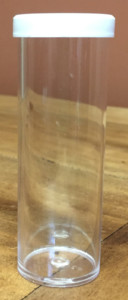
-
-
- Test Strip Vial (This can be any type, but one of the larger sizes is better. If it’s a flip-top vial with an attached lid, you’ll just cut it to separate.)
- Paper (Can be colored paper, construction paper, regular white paper, etc.)
- Markers, crayons, etc. (whatever you have available)
- Tape
- Hot glue / glue gun
- Water
- Alka Seltzer tablet
-
Instructions
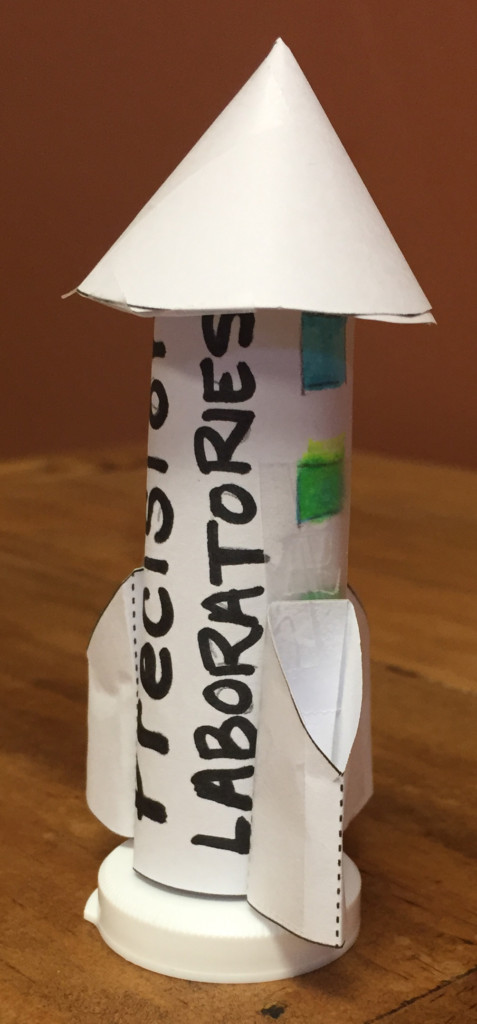
-
-
- Start by removing the cap from your test strip vial. If it’s a flip-top cap that’s attached, just cut it off at the joint. You’ll want to make sure you’re using an empty vial with no more test strips.
- Next, cut your paper out to make a rocket shape. Here’s where you can get creative, making any unique shape you’d like, and use markers to decorate it. Assemble your rocket last using tape to hold the pieces together. We used this template from Oh My Crafts to design our rocket, but we printed it to size 5” x 7” rather than a full page.
- Using hot glue, glue the paper rocket to the top of the vial lid.
- Next, fill about 1/3 of your vial with water.
- Drop in ½ of an Alka Seltzer tablet, quickly snap the lid on, and prepare for the launch!
-
So, what’s happening here? Alka Seltzer contains anhydrous citric acid and sodium bicarbonate (baking soda). In other words, it’s made up of an acid and a base. In its solid powder form, these two ingredients do not react with each other. However, when water is added, the reaction begins.
 When Alka Seltzer dissolves in water, it forms bicarbonate (from the sodium bicarbonate), which in turn reacts with the hydrogen (from citric acid). The chemical reaction forms water and carbon dioxide gas. The gas builds up, forcing the lid off the vial and launching your rocket.
When Alka Seltzer dissolves in water, it forms bicarbonate (from the sodium bicarbonate), which in turn reacts with the hydrogen (from citric acid). The chemical reaction forms water and carbon dioxide gas. The gas builds up, forcing the lid off the vial and launching your rocket.
Let your kids experiment with the amount of water and Alka Seltzer used in the vial. Keep in mind, you need to leave enough room for the carbon dioxide gas to build up, so filling the vial with too much water or using too much Alka Seltzer may not work.
In addition, have your kids think about other factors that might affect the launch results. If the rocket is too light or too heavy, what might happen? How might different types of caps/vials affect the launch? Did any outside factors influence the launch, such as wind or uneven surfaces?
Try taking this experiment a step further. What other acid-base reactions might make the rocket launch? Pop Rocks candy and soda? Baking soda and vinegar? Mentos and Coca-Cola? Try experimenting with different concoctions, but be sure you always demonstrate safety first. Give yourself plenty of space between the rocket before launch. We recommend trying this activity outdoors.



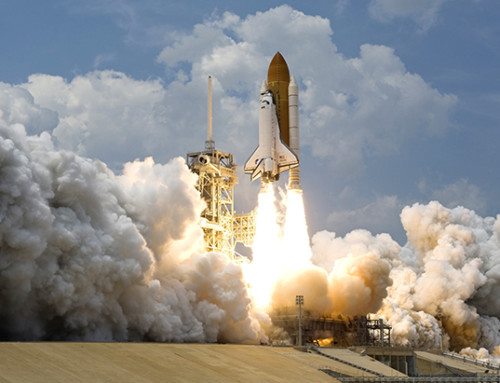

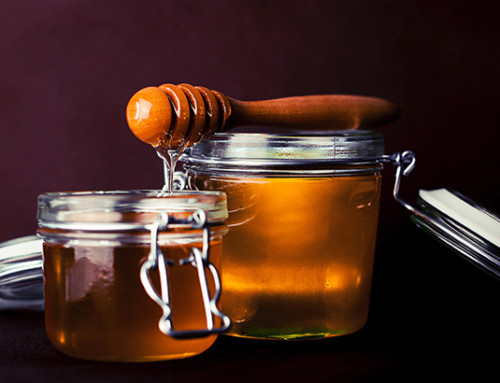
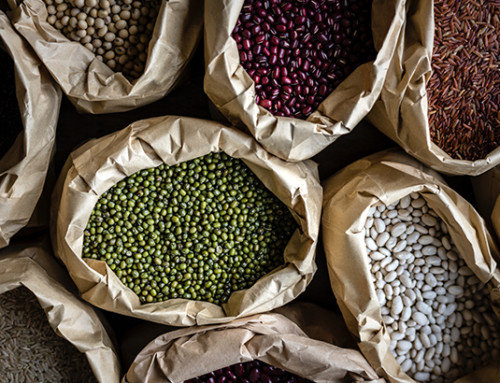
Leave A Comment